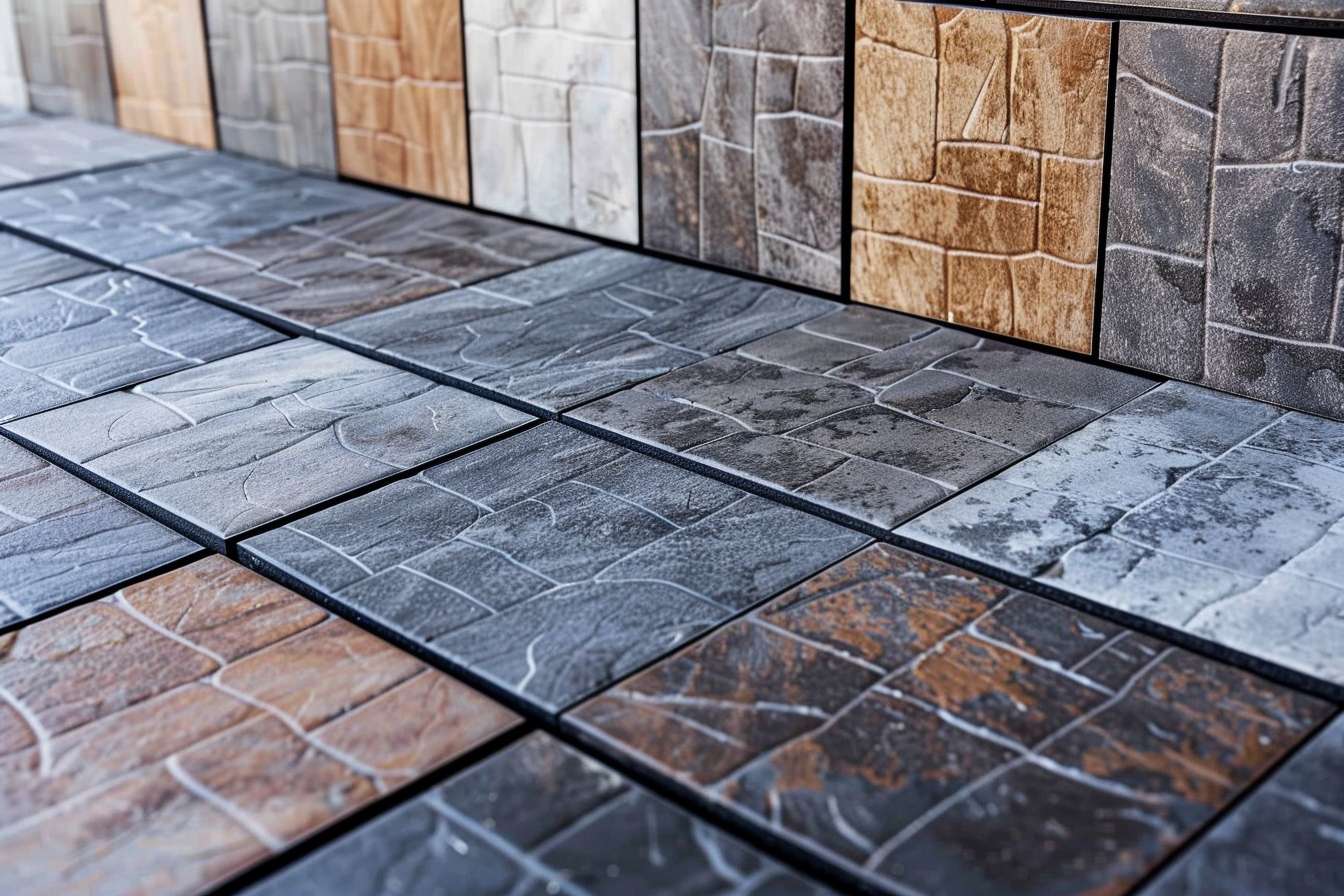Empowering Spaces: The Rise of Wellness Interior Design
Introduction: Interior design has always had the power to influence our emotions and behavior. In recent years, a new design philosophy has risen to prominence, one that prioritizes our physical and mental wellbeing. Welcome to the world of wellness interior design, where your home becomes your sanctuary, designed to nurture your body, mind, and spirit.
The Genesis of Wellness Interior Design
Wellness interior design finds its roots in the broader wellness movement that has been sweeping across various sectors, from food to fitness and now, home design. It’s an approach that emphasizes creating living spaces that promote physical health and emotional wellbeing. From the choice of materials to the layout and colors, every aspect of the design process is guided by the goal of enhancing the occupant’s wellness.
The Wellness Wave in Today’s Design Landscape
Today, wellness interior design is gaining traction as more people recognize the connection between their surroundings and their wellbeing. Designers are incorporating elements such as natural light, indoor plants, ergonomic furniture, and soothing color palettes to create spaces that are not just aesthetically pleasing, but also health-enhancing.
Practicality and Market Trends
The practicality of wellness interior design lies in its focus on creating spaces that cater to the holistic wellbeing of the occupants. From improving air quality with indoor plants to using non-toxic materials and promoting good posture with ergonomic furniture, this approach has tangible benefits for health. Market trends indicate a growing demand for homes that prioritize wellness, a trend fueled by the increasing awareness about the importance of mental health.
Enhancing Daily Living
A wellness-focused interior can significantly enhance daily living. Consider natural light, for example. Studies have shown that exposure to natural light can improve mood, boost productivity, and regulate sleep patterns. Similarly, the use of calming colors like blues and greens can create a serene environment that reduces stress.
The Research-Backed Impact
Research supports the beneficial impact of wellness interior design. A study by the University of Minnesota found that exposure to nature or even images of nature can reduce stress and increase wellbeing. Another study published in the Journal of Public Health reports that ergonomic furniture can reduce the risk of musculoskeletal disorders.
A Wellness-Forward Future
As we continue to spend more time indoors, the importance of our interior environments on our wellbeing can’t be overstated. Wellness interior design offers a way to make our homes not just beautiful, but also nurturing and health-enhancing. It’s a trend that signals a shift towards a more mindful, holistic approach to design, promising a future where our homes are true sanctuaries of wellness.





